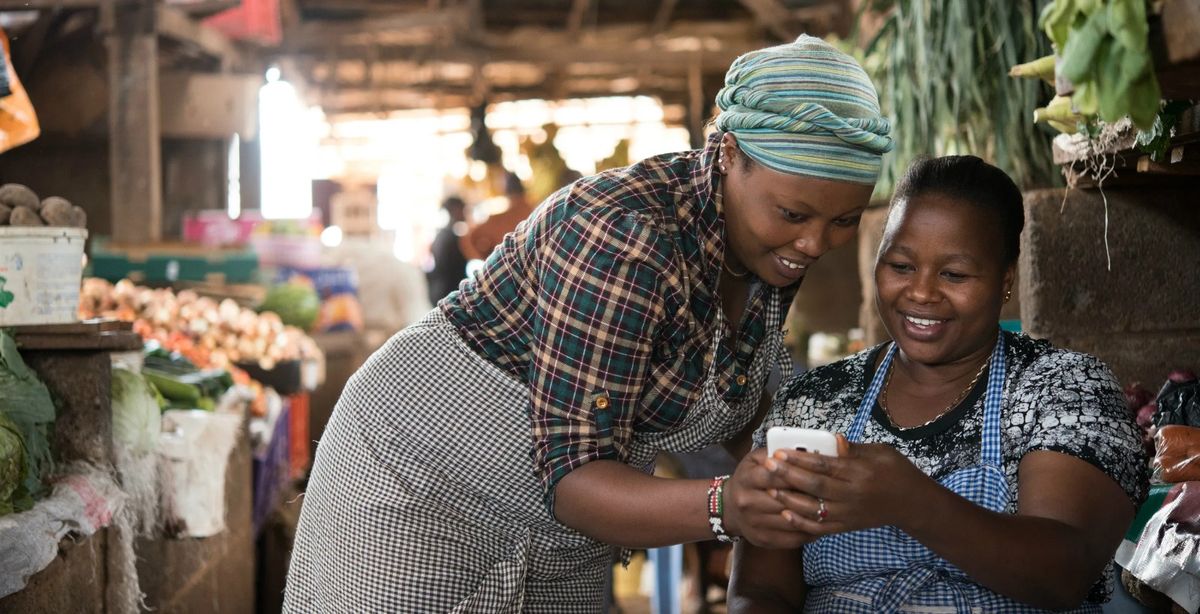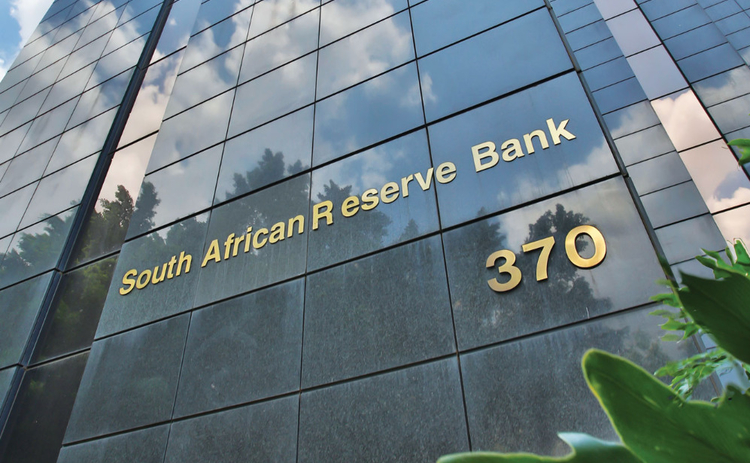Building on our earlier article about the Eswatini Fintech Landscape, we thought it would be important to look at the instrument of financial services that has had the most impact on the transacting public.
Thankfully for us, the Eswatini Fintech Landscape Report painted a really vivid picture of what the diminutive Southern African Country has to offer.

For a country of just about two million people, the financial services space is very developed. Now, it might be easy to assume that it is because of its encirclement by the giant that is South Africa but it would be incorrect to assume that at face value.
I say this because smaller markets tend not to have few excuses when it comes to the delivery of services. And while there are issues, there are some really bright developments things
Financial Inclusion
The one metric that most “developing” countries are measured on is how many people can formally participate in the economy. The issue of financial inclusion is a metric that many look at when assessing the state of the nation from a people perspective.
The progress, on this front for Eswatini has been quite remarkable by any standards.
From the data in the report, it shows that the Kingdom of Eswatini was able to reduce the proportion of financially excluded individuals by 24% between 2011 and 2018.

Moreover, there was a marked decrease in those labelled “informal“, falling from 13% in 2011 to just 2% in 2018. The financial instrument that was the key driver of that change was mobile money according to the report.
“Eswatini’s 87% financial inclusion has been the result of mobile money services.”
That impact can also be seen in the channels that the people of Eswatini use to transact.

Mobile money is a clear favourite in the small value high volume transactions game like for example, airtime top-ups and sending/receiving money.
Additionally, it is not uncommon when it comes to transactions like Medical Bills and Utilities, Retail Purchases and most surprisingly, being an investment vehicle.
I speak as a Zimbabwean who finds the concept of investing through mobile money a very strange concept.
However, according to the data from Eswatini my perceptions clearly need revising when it comes to the utility of mobile money in transactions that aren’t purely consumptive.
As good as this all sounds for mobile money, there was a slight catch. The report went on to say:
“Yet the ecosystem lacks product diversity across the FinTech verticals and market enablers.”
“Thus, the advancement of products requires FinTech innovations across other verticals like e-commerce, transportation and agriculture. Cross-border person-to-person (P2P) payments are an additional opportunity to leverage the EmaSwati population repatriating funds.”
There is still some work yet to do, but on a pure numbers and impact basis, this is a triumph for mobile money. It has, as with many other markets, been a key driver in the extension of financial services and the evidence from Eswatini is really encouraging.








